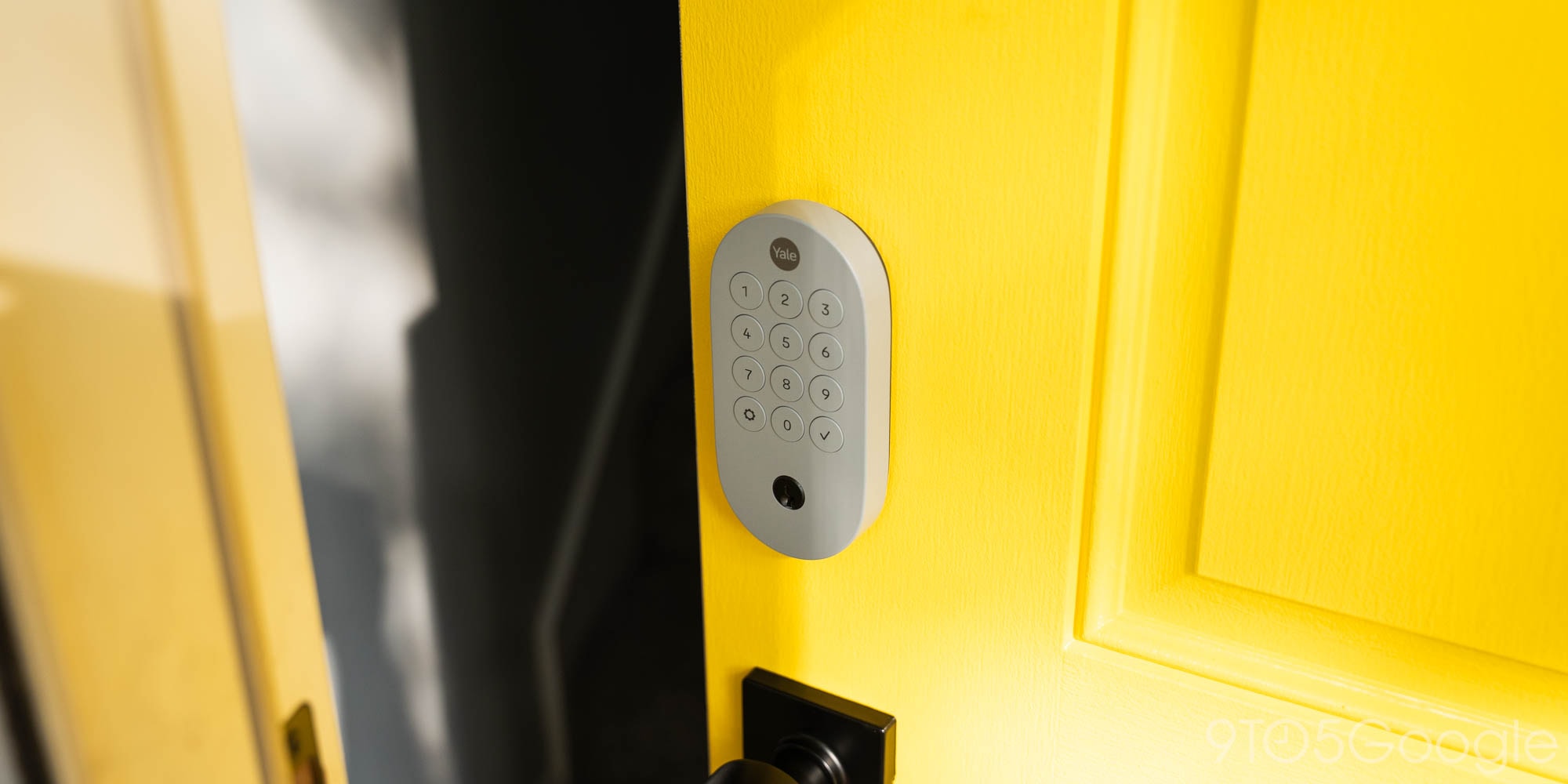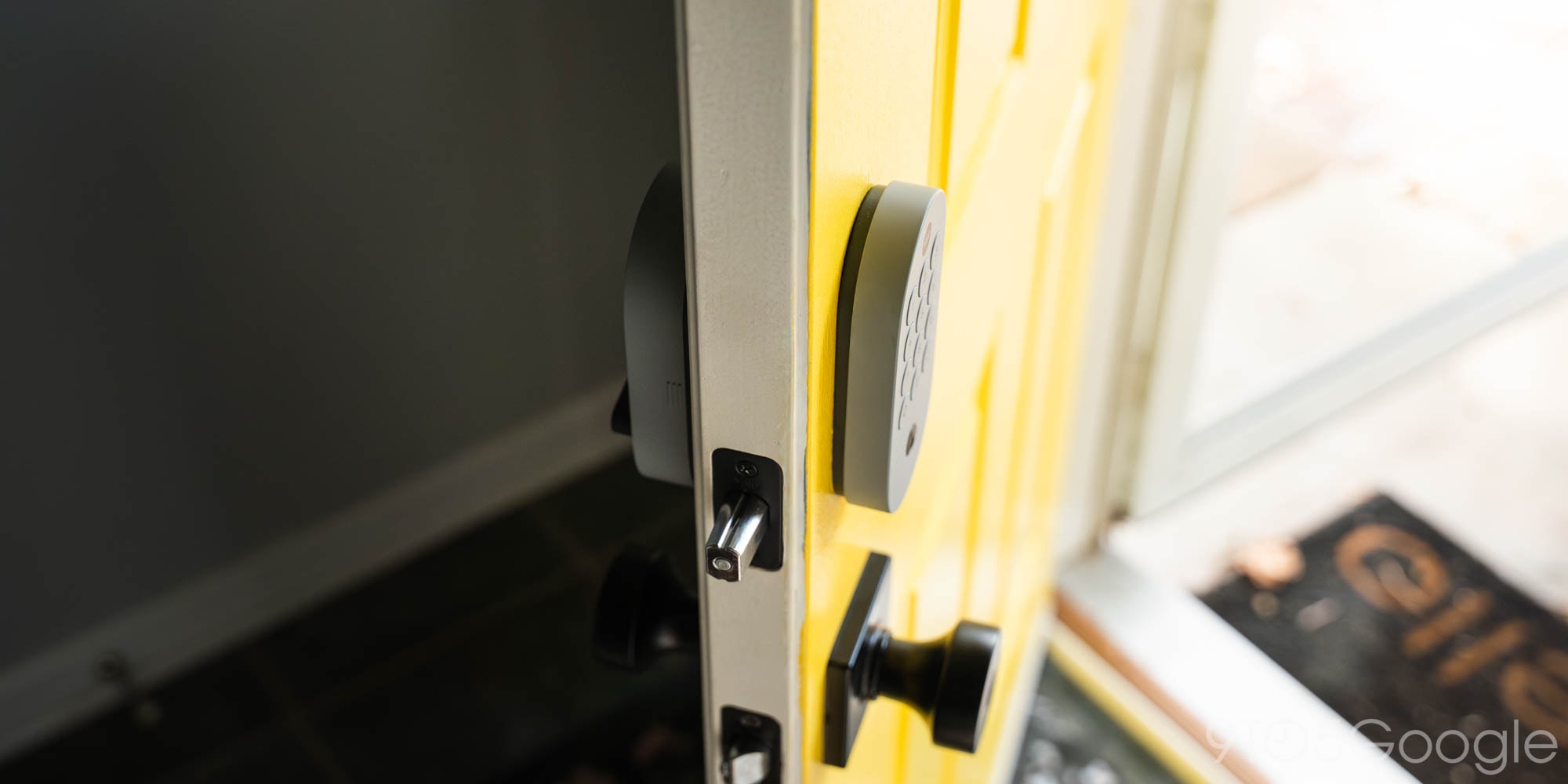Yale Smart Lock Matter: Principle, Advantages, Disadvantages and Comparison
The new Yale smart lock supports Matter via Thread, does not require a separate hub, and integrates deeply with Google Home. The article analyzes the connection architecture, access code features, IPv6 implementation limitations, and the product's position against competitors.
Matter is slowly ending the fragmentation of the smart home, and the new Yale Smart Lock is a prime example. It no longer carries the “Nest” label, but it’s Google Home-first and, more importantly, works with most Matter-supported ecosystems. At around $189, the lock offers a minimalist design, simple installation, and a rich set of accessibility features for home users.
Under-the-hood connectivity: Matter over Thread and requires IPv6
Architecturally, the Yale Smart Lock is a Matter device connected via Thread. In this model, the lock communicates wirelessly with a Thread border router (e.g., Nest Wifi Pro or Nest Hub Max) to access the IP network and the control app. The onboarding process is standard Matter: scan a QR code and follow the instructions in the app.
One important technical note is that the router needs to have IPv6 enabled. In my experience, if IPv6 is disabled in the Nest Wifi Pro’s advanced settings, the pairing will fail. With IPv6 enabled, the connection is as fast and stable as any other Matter device.

Mechanical structure and hardware: minimalist for durability
The design of the lock follows a minimalist aesthetic, easily blending into many types of doors. The outer surface is rounded, with a 9-digit keypad in the center and a mechanical keyhole below; a small Yale logo above. A capacitive sensor helps activate the lock when leaving the house without entering a code. Compared to the previous Nest x Yale, which used a touchpad, the new physical keyboard has the advantage of key clarity and solid operation.
The inside consists only of the deadbolt thumbturn assembly and the battery cover. The lock uses 4 AA batteries; Yale says the battery replacement cycle is about 12 months (in the short test period, the full cycle was not recorded). The accessory kit has a DoorSense magnet that helps the lock recognize the door open/close status for more precise control.

Software platform thanks to Matter: access codes, schedules, vacation mode
The key to Matter is that it’s not locked into a separate app. On Google Home, users have all the essential functionality: lock/unlock from their phone or smart speaker, configure access permissions, and enable vacation mode. No need for a proprietary hub or additional Yale app.
Access is managed by door codes for family members and guests. For guests, custom codes can be set with schedules: start/end dates, time frames, or weekday restrictions. Vacation mode disables the keypad, prevents code access, but still allows access by physical key or app.
In terms of operation, the motor is responsive, with a confirmation chime and lock/unlock status notification. A minor inconvenience noted was that the “one-tap unlock” feature initially required a PIN to be entered each time, but this was resolved by clearing the Google Home app’s cache; it then worked as expected without the PIN option.
Main technical parameter table
| Category | Information |
|---|---|
| Connect | Matter via Thread; onboarding by QR code |
| Network requirements | Requires Thread border router (e.g. Nest Wifi Pro/Nest Hub Max); IPv6 enabled |
| Power source | 4× AA batteries; according to Yale ~12 months |
| Sensor/component | DoorSense detects doors; touch sensor activates when leaving home |
| Input interface | 9-digit keypad; spare mechanical key hole |
| Software features | Lock/unlock from app; member/guest code; access schedule; vacation mode; one-tap unlock |
| Reference price | About 189 USD |
Technical strengths and implementation benefits
- Wide compatibility: thanks to Matter, the lock can join smart home ecosystems that support this standard without the need for a proprietary hub.
- Easy setup: standard 15–20 minute mechanical installation; fast onboarding when router has IPv6 enabled.
- Flexible access management: per person and scheduled codes, suitable for families, short-term tenants or service contractors.
- Minimalist design: easily blends into door aesthetics, intuitive operation with physical keyboard.
Limitations and challenges of implementation
- Thread/IPv6 infrastructure dependent: requires a border router that supports Thread and enables IPv6; if the network configuration is not correct, the pairing process will be stuck.
- Local software issues: Some features like one-tap unlock may be glitchy on the app side, though this can be fixed by clearing the cache.
- Motor speed: doesn't feel significantly faster than the previous generation, but is still responsive enough for everyday use.
- Battery maintenance: AA batteries need to be replaced periodically; maintenance schedules should be followed to avoid interruptions.
Compare solutions and prospects
From the old Nest x Yale to the Matter-powered Yale Smart Lock
The previous generation (Nest x Yale) was tightly tied to the Nest app; when switching to Google Home, the integration level was better but still ecosystem-oriented. The new version broke away from the Nest label, used a physical keyboard instead of a touchpad, and especially opened up configuration and control via Matter. Thanks to that, the features were not limited to the company app, reducing the need to "switch" through many apps.
Compared to locks that do not support separate Matter/hub
Many previous smart locks required proprietary hubs and apps; advanced features like schedules or guest codes were often locked into the company ecosystem. With Matter, Yale Smart Lock brings these functions directly to the central app (Google Home in this case), simplifying the experience and management.
Future: Matter is the foundation, Thread is the infrastructure
The consistent trend is openness and interoperability. As Matter matures and Thread becomes more present in routers/smart displays, devices like the Yale Smart Lock will have a “plug and play” setup, limiting app dependencies and allowing users to choose their preferred ecosystem without sacrificing features.

In summary, the Matter-enabled Yale Smart Lock strikes a good balance between design, deployment, and openness. If the network infrastructure is Thread and IPv6 ready, users will get a consistent, lightweight, and flexible enough experience for most home use cases.


